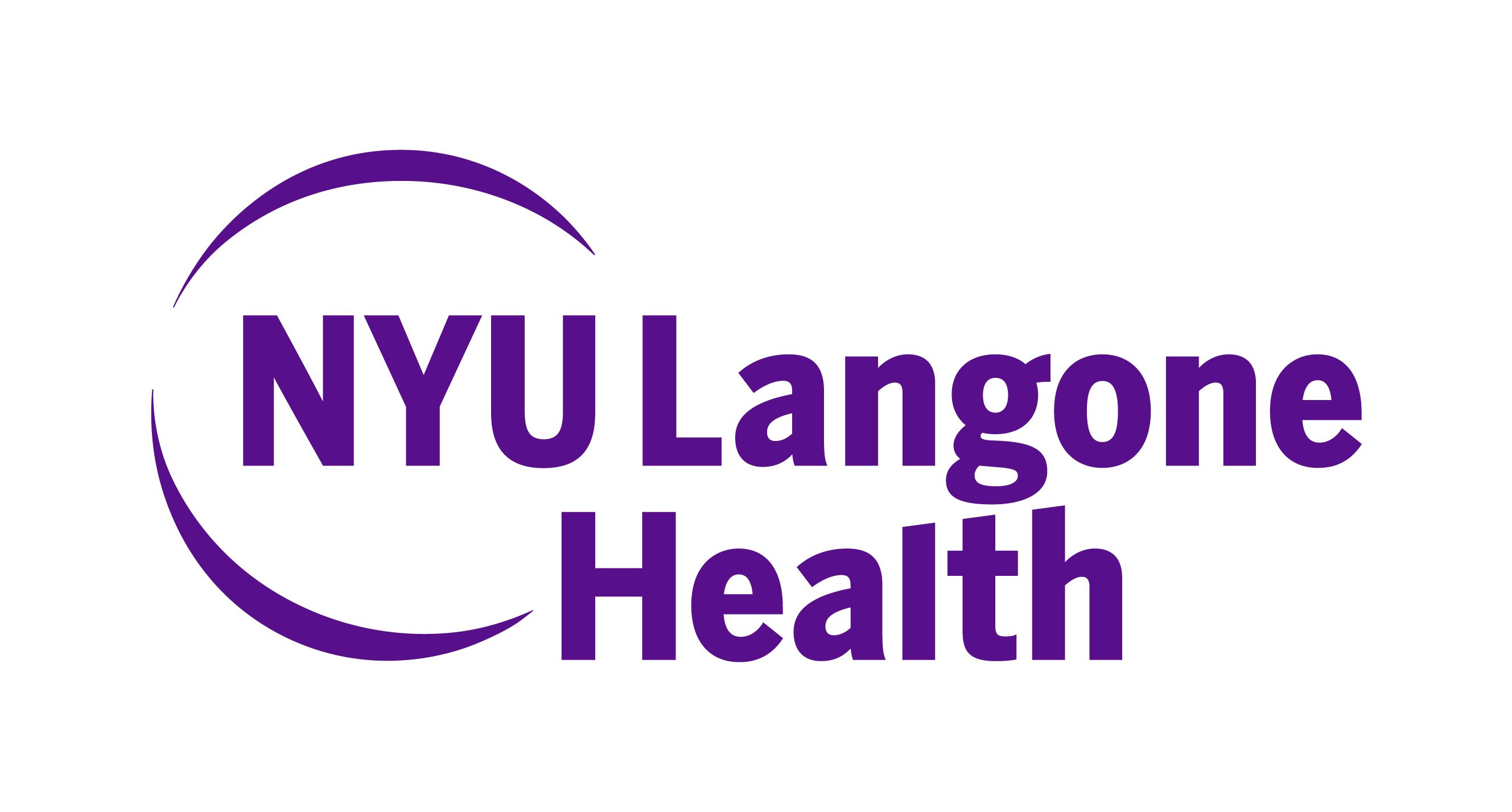
NeuroVoices: Jacqueline A. French, MD, on Leveraging Neurostimulators to Advance Epilepsy Drug Development

The professor of neurology at NYU Grossman School of Medicine talked about using responsive neurostimulators to seek shortened drug evaluation timelines and enhance epilepsy treatment.
Prior research has examined the use of long-episode (LE) frequency detected by responsive neurostimulators (RNS) to predict changes in clinical seizure (CS) frequency in patients with drug-resistant focal epilepsy after starting antiseizure medications (ASMs). Traditional clinical trials often require large patient populations to detect treatment effects, but incorporating biomarkers like LE frequency into proof-of-concept (POC) designs may reduce the number of patients needed to identify treatment signals. At the
Presented by coauthor
In a new iteration of
NeurologyLive: What are the origins of the study and what drove you to pursue it?
Jacqueline A. French, MD: There are many, many novel treatments emerging—we hope—for different kinds of epilepsy, and it's a real problem. In the past, these types of molecules and therapies always came from large pharmaceutical companies like Pfizer and GlaxoSmithKline (GSK). Now, it's really innovative startups that have the most exciting molecules. These companies need some indication that their approach is effective because their strategies are very novel. They're not the "same old, same old," which is exactly what we want.
They need evidence that their drugs will have an effect in human beings because, often, the data supporting these novel molecules comes from animal models. As we know, animal models aren't always predictive of what happens in humans. What you need is what we call a proof-of-concept study—a study providing some evidence, maybe not complete evidence, to show that the drug is likely to succeed in a randomized, controlled trial that will ultimately be presented to regulators like the FDA.
We had the idea to leverage the fact that we now have many patients with implanted responsive neurostimulators (RNS). These devices, in addition to identifying seizures, detect something called long episodes. Long episodes can be prolonged runs of epileptic activity seen between seizures. However, some long episodes are actually small electrographic seizures or clinical seizures, as a clinical seizure will also produce a long episode.
If you focus on people whose long episodes are mostly clinical seizures, then counting these episodes essentially becomes a way of counting seizures. This allows us to evaluate whether a drug works in a much shorter time frame. That was our interest, and we are running this type of proof-of-concept study.
But we also wanted to ask: How can this help with the drugs we already have? Why should we wait until someone has many seizures before determining whether a drug is working or not? It makes sense to analyze this data. There's quite a bit of data from various databases showing whether a new drug worked or didn’t work. Our North Star is this: Can we predict—without making people wait forever—whether a drug will work for them? That was the basis of this research.
What are some of the top-line findings from the presented study, and what should clinicians and epileptologists take away from it?
Not everyone has an RNS, but more and more people do. Even though RNS is a very effective device—it reduces seizures and, over time, may eliminate them—there are still many people who continue to experience seizures despite having an RNS. For those patients, if you look at reductions in long episodes, we’ve observed that a 30% reduction in long episodes predicts a clinically meaningful reduction in seizures.
There’s more work to be done, of course. This isn’t absolute. A lack of reduction doesn’t necessarily mean a drug isn’t working, but this is a starting point. It’s a predictive measure that’s opening doors and this is just the beginning.
We currently have RNS, but soon, we’ll see many more implanted devices. For example, next-generation devices like UniEEG or Epiminder don’t require creating a hole in the skull. With local anesthesia, the electrode can be inserted, allowing patients to be monitored for months or years.
The data we record from these devices will improve how we treat patients and help us quickly identify effective drugs. This research has the potential to be a very rich vein of study in the coming years.
Do you feel the clinical community fully understands the utility of long-episode frequency? Is this something widely discussed, or does it fly under the radar?
You have to remember that this is the first study of its kind. It’s not something you can immediately take to the clinic. If you asked a general neurologist who treats a range of conditions, including epilepsy, what a long episode is, I’d guess many wouldn’t know.
But that’s okay. The people who need to understand long episodes are those implanting and managing RNS devices. They use this data to optimize the device and make medication adjustments. For them, this knowledge is critical.
You mentioned this study is laying the groundwork, what’s next in this line of research?
For the proof-of-concept study we’re running using long episodes, my greatest hope is that it will bear fruit. If we can demonstrate that a novel drug is effective using this technique, it could move forward in development and, hopefully, succeed.
Beyond that, I hope other drugs will follow this path. This approach could provide a faster, more efficient way to identify potentially effective new anti-seizure medications, ultimately helping people with epilepsy much sooner.
Transcript edited for clarity.
REFERENCES
1. Gammaitoni A, Morrell M, French J, et al. Optimal Cut Point for Reduction in Long Episode Frequency to Predict Meaningful Change in Clinical Seizure Frequency. Presented at: AES 2024; December 6-10; Los Angeles, CA. Abstract 1.494
Newsletter
Keep your finger on the pulse of neurology—subscribe to NeurologyLive for expert interviews, new data, and breakthrough treatment updates.




















